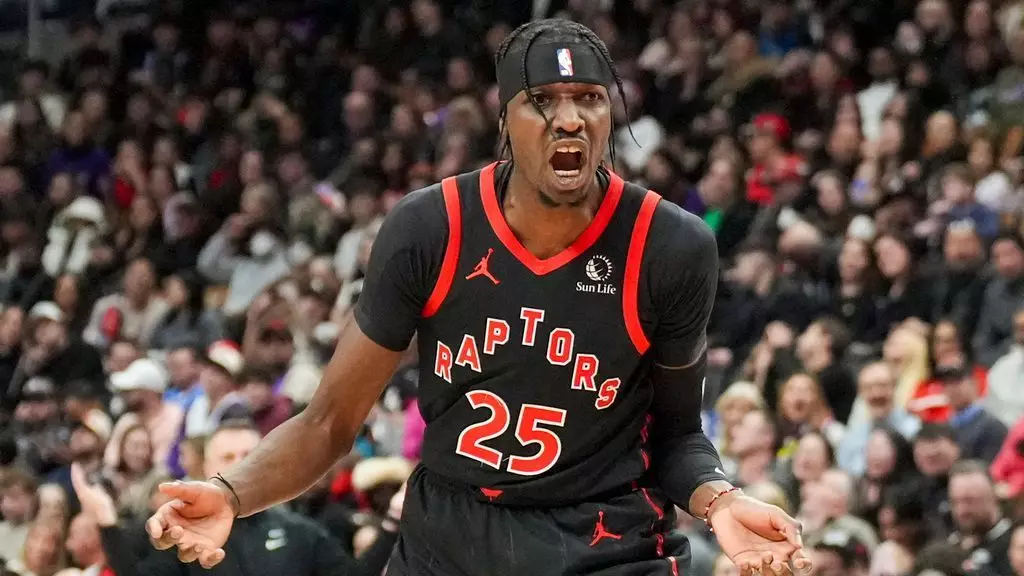The Boston Celtics’ latest series of transactions reflect a calculated effort to optimize their roster structure while maintaining financial flexibility. Trading Georges Niang, a seasoned role player, alongside two future second-round picks, for rookie RJ Luis Jr. reveals the team’s intention to inject youth and potential into their core. Niang, with his reliable three-point shooting and seasoned experience, served as a versatile asset but was ultimately moved to create a strategic opening for newer talent and cap savings. This move underscores the Celtics’ willingness to balance established contributions with future prospects, a gamble that could pay immediate dividends or develop into a long-term advantage.
The inclusion of futures picks signifies a commitment to building sustainably rather than chasing transient success. These selections give Boston additional leverage to capitalize on lottery advantages or incremental player development. Moreover, such strategic exchanges continually refine a team’s cap structure, suggesting that the Celtics are not just reacting but proactively sculpting their roster to meet evolving competitive demands.
Financial Discipline Meets Strategic Flexibility
The manner in which Boston manages its salary cap is as much a statement as the roster changes themselves. The $8 million salary of Niang, now moved into Utah’s trade exception, exemplifies efficient cap maneuvering. This flexibility allows Boston to remain under the second apron—a significant benchmark in NBA salary cap management—while still making meaningful acquisitions. Their decision to reduce payroll from a staggering $540 million to approximately $239 million since the draft highlights their commitment to fiscal responsibility, which is increasingly vital amidst the league’s luxury tax regulations.
Adding Chris Boucher on a guaranteed $3.3 million deal exemplifies targeted investment in a player with established NBA experience. Boucher’s transition from the Toronto Raptors, where he left a lasting legacy, indicates Boston’s desire to strengthen their frontcourt depth without overspending. His versatile skill set, combined with his proven production off the bench, makes him an invaluable piece in the team’s tactical puzzle. This deal not only provides immediate on-court benefits but also demonstrates foresight by ensuring the team’s financial structure remains manageable.
Implications for Team Dynamics and Future Success
Boucher’s arrival, coupled with the departure of Niang, signals a shift toward emphasizing athleticism, energy, and youth in the Celtics’ rotation. Boucher’s experience and skill set will likely provide stability and scoring punch in the second unit, while RJ Luis Jr. is projected to bring developmental upside that could benefit Boston over the coming seasons. The team’s willingness to invest in young talent and manage their second apron position strategically hints at a sustainable blueprint for success.
These moves also reflect a broader philosophy: a focus on smart, calculated investments rather than reckless spending. The Celtics seem committed to building a team that balances veteran savvy with the energy of emerging players, supported by savvy cap management. This approach could position Boston to sustain competitiveness in a league where financial pragmatism and strategic agility are increasingly crucial. Overall, the combination of roster adjustments and financial discipline indicates that Boston is preparing for sustained success, leveraging their assets wisely rather than chasing fleeting glory.

